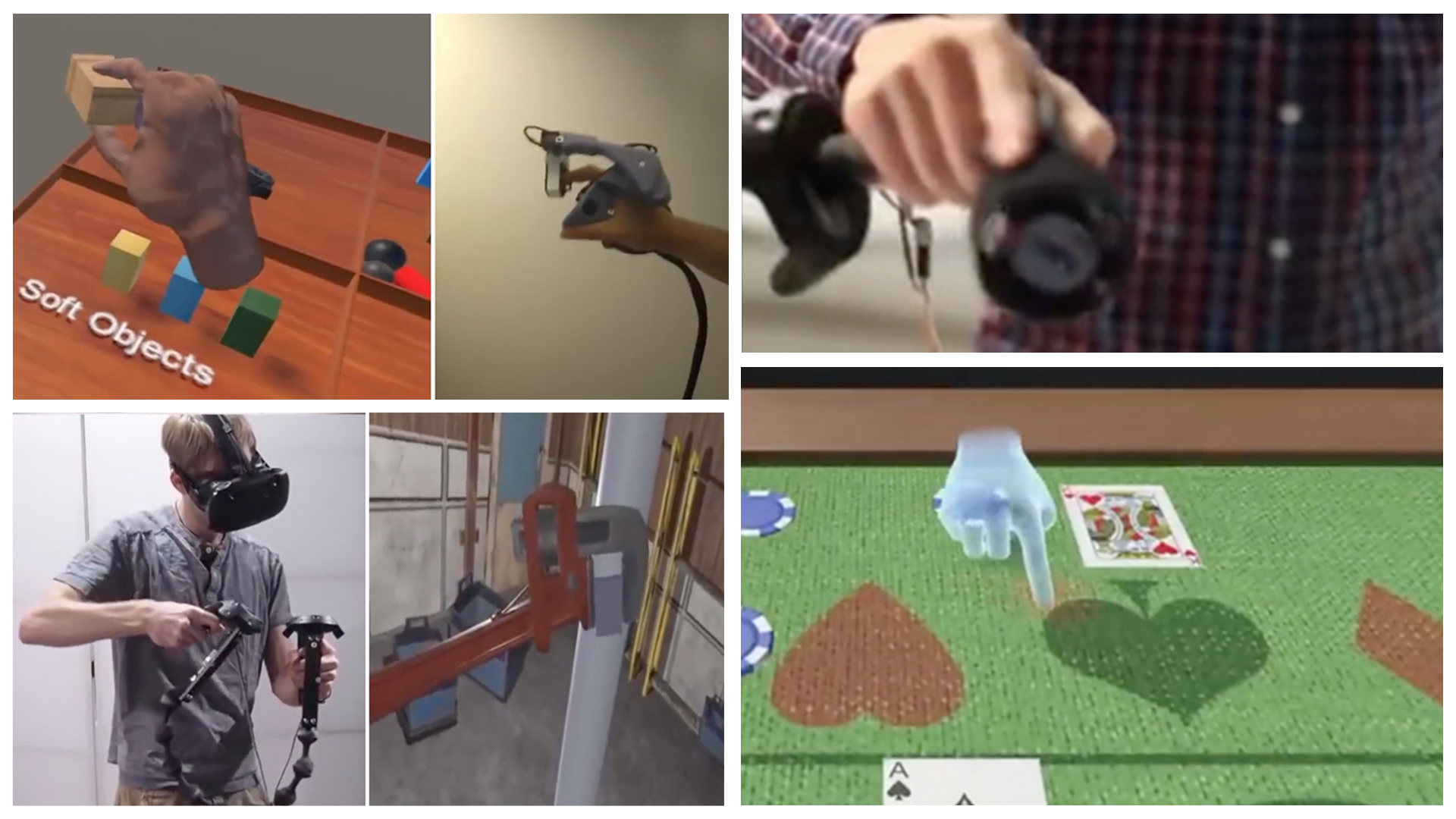By Tony Hey, corporate vice president, Microsoft External Research, a division of Microsoft Research

Rick Rashid, senior vice president of Microsoft Research, and Tony Hey, corporate vice president of the External Research division of Microsoft Research, join recipients of the 2010 Microsoft Research Faculty Fellows awards. Rashid (left) is accompanied by (left to right) Evimaria Terzi, Haiying (Helen) Shen, abhi shelat, Raanan Fattal, Doug Downey, Sinan Aral, and Hey. Not pictured: recipient Cyrill Stachniss. (Photo by Michael Nakamura)
This morning, on the second day of Faculty Summit 2010, we at Microsoft Research are proud to announce seven of the world’s top university researchers as this year’s awardees for the Microsoft Research Faculty Fellows grant program. In its sixth year, the rigorous application process was opened to an international audience, giving away $1.4 million, with no strings attached. This year’s awards will help to further research in the exhilarating fields of mobile robotics, natural language processing, algorithmic data mining with an emphasis on social-network analysis, and cryptography.
Spotlight: Microsoft research newsletter
Microsoft Research provides the fellows with support designed to have a tangible impact on their research. Each fellow receives a $200,000 award, to be used at his or her discretion for an unrestricted range of expenses that, in past years, have included planning research agendas, hiring graduate students, building labs, and purchasing equipment. Since the 2005 inception of the Faculty Fellows program, more than $7 million has been awarded to 37 professors from 22 universities. These funds are used to explore high-impact research that has the potential to solve some of today’s most challenging problems.
This year’s fellows were chosen as a result of a multitier selection process that includes more than 100 reviewers, whose goal is to identify the future leaders of academic research while they are at the beginning of their careers. From three continents, 120 initial nominees were narrowed to 18 finalists, chosen to be interviewed by a panel of Microsoft Research executives, researchers, and faculty members from leading universities. Of those 18 finalists, the following seven were announced as the Microsoft Research 2010 Faculty Fellows:
- Raanan Fattal, of the Hebrew University of Jerusalem School of Computer Science and Engineering: He uses tools from numerical analysis and general scientific computing to address problems in computing graphics, low-level vision, and image processing.
- Evimaria Terzi, of the Boston University Department of Computer Science, whose research interests include algorithmic data mining with an emphasis on social-network analysis, sequential data analysis, ranking, clustering, and bioinformatics.
- Haiying (Helen) Shen, of the Clemson University College of Engineering and Science, whose research is focused on distributed and parallel computer systems and computer networks
- Doug Downey, of the Northwestern University Electrical Engineering and Computer Science Department, whose research focuses on natural language processing, machine learning, and artificial intelligence.
- Cyrill Stachniss, of the University of Freiburg Department of Computer Science is studying probabilistic techniques, using mobile robotics as his context.
- abhi shelat, of the University of Virginia School of Engineering and Applied Science, whose research is focused on the modern study of cryptography.
- Sinan Aral, of New York University’s Leonard N. Stern School of Business, who is examining the role of information and information technology in the productivity and performance of companies.
This year, the Microsoft Research Faculty Fellows program included international awardees for the first time, awarding Stachniss and Fattal with fellowships to enhance their research.
Fattal explores the application of elliptic-type operators such as derivatives and wavelet filters for problems such as edge-aware smoothing and interpolation, image sharpening, and resolution enhancement.
After receiving his award, Stachniss told us: “Being a Microsoft Research Faculty Fellow is simply great for me and my research. First, the award gives me the opportunity to focus more on my research activities and less on writing grant proposals. Second, the group of Microsoft Research Faculty Fellows is a great platform of bright people, and I will enjoy discussions with them. Third, being a Microsoft Research Faculty Fellow is definitively great for the CV when applying for other faculty positions.”
When we asked Stachniss about his future plans, he replied: “The Microsoft grant allows me to react more flexibly on new developments and trends in robotics. I am considering spending parts of the grant on interesting new sensors to see how this will boost the performance of our robots.”
Over the next year, the External Research Team Blog will feature a series of posts that take an in-depth look at our Faculty Fellows and what they have accomplished since winning their grants. Please check back to learn more about this program and how it benefits the academic research community.

